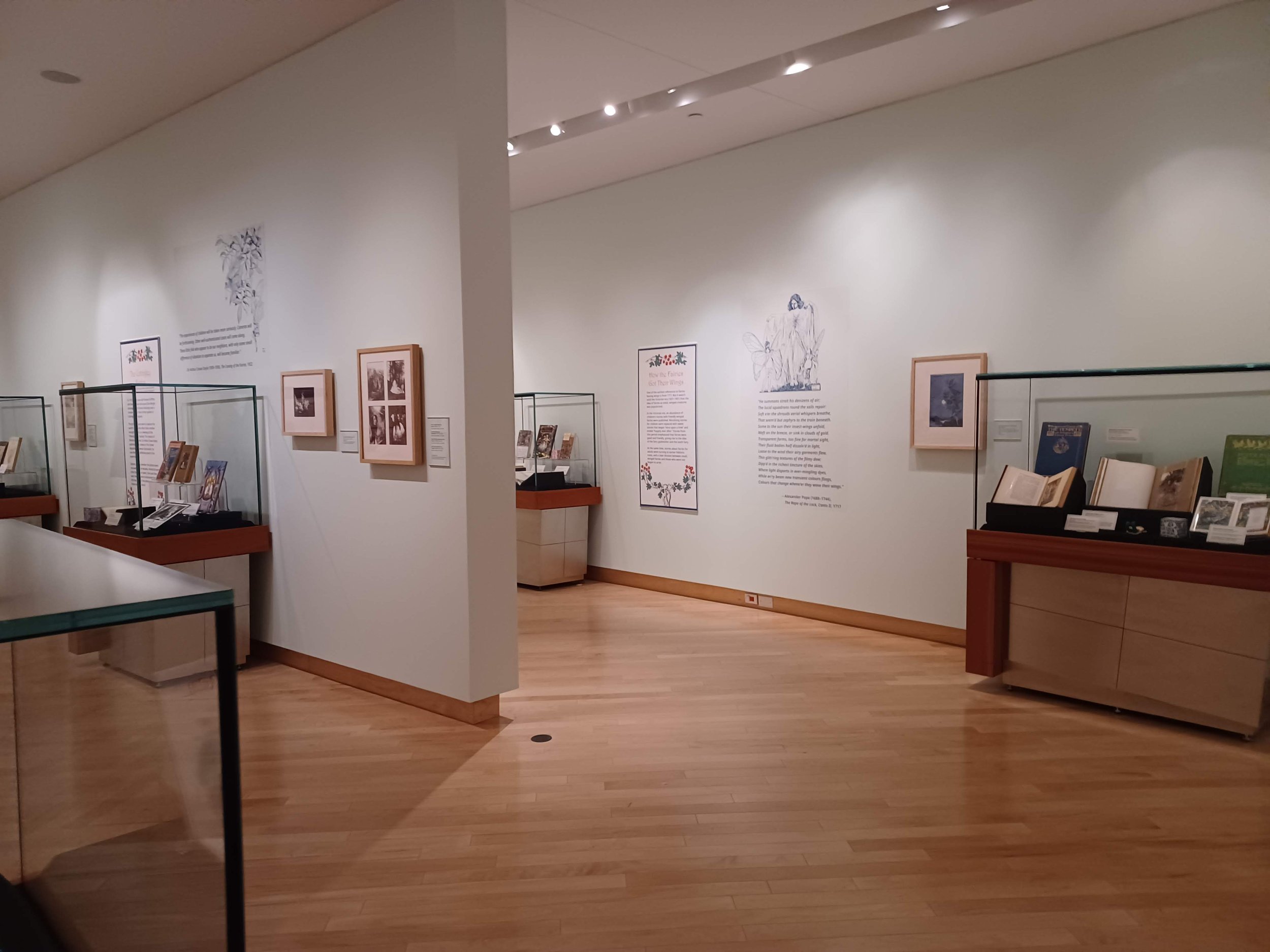A collaboration between two multidisciplinary artists explores themes of Black identity
By Ann-Marie Njeru
On The Porch 2023 and Ronnie 2023, by Tiffany J Sutton at the Marilyn Brewer Convention Centre on February 11th, 2024 (CanCulture/Ann-Marie Njeru)
Multidisciplinary artists Aaron Jones and Tiffany J. Sutton collaborated on "Screaming into the Void," an exhibition exploring themes of Black identity, existence and the depth of shared human experiences for the KUUMBA festival.
Aaron Jones, a Toronto-based artist, is recognized as an image builder who integrates materials such as books, magazines, personal photos and newspapers to forge captivating and unseen realities.
Tiffany J. Sutton is a Missouri-based portrait photographer who focuses on the Black gaze, placing Black femininity at the forefront through complex portraits of exclusively Black women.
The exhibition featured separate works from both artists, representing the “Screaming into the void” theme of this collaborative process.
"I think screaming into the void meant that we were kind of yelling, we are sort of talking to a wider and whiter audience about the different varieties of Blackness within the community and the culture," said Sutton.
Sutton featured several different portraits of Black women. These photos speak about the community and the complexities they experience.
Her work uses introspectiveness, abstract portraiture and layering photos to challenge the one-dimensional perception Black women face. She became inspired by her desire to connect more with the Black community and, more specifically, build friendships with Black women.
Front Yard Trio by Tiffany J. Sutton at the Marilyn Brewer Convention Centre on February 11th, 2024 (CanCulture/Ann-Marie Njeru)
“It’s hard for me to make friends with other Black women for some reason, I just can't seem to manage it. I want to build a relationship, a friendship sort of thing with them and I want to build a community.”
As a Black woman, I feel heard and seen. It is very often that when expressing my emotions, someone treats me as if I can be reduced to a single stereotype; for example, the angry Black woman, a stigma many of us face.
The overlaying on the portraits shows the complex emotions we deal with daily due to the convoluted lives we lead, all emerging from the challenges of being Black and a woman. It serves as a reminder that Black women are not a stereotype to dissect and are intricate like any other human.
Jones featured an incredible digital image, HARD DREAM, through a fusion of photorealism, whimsical abstraction and surreal fantasy.
HARD DREAM 2024 by Aaron Jones at the Marilyn Brewer Convention Centre on February 11th, 2024 (CanCulture/Ann-Marie Njeru)
The artwork explores the multi-faceted journey that humans experience. It delves into the realm of identity, immigration, spirituality, astral projection and loss and desire.
It includes the properties of Jones's artwork using newspapers, failed digital images and references from his previous work to create this profound and beautiful piece.
Jones’ piece uses a captivating blend of fantasy and science fiction, offering the viewer a deep and introspective experience.
He invites us to reflect on our journeys and the obscurity of existence, and explore the relationship between nature and humans, nature and self and the natural world. Jones also urges viewers to reflect on ourselves, the challenges we face and how to have a harmonious relationship with nature.
When reflecting on the art piece I explored what nature meant to me and how I see myself as a part of it. As humans, I believe we must be stewards of the Earth which means taking care of nature and the people around us. The piece also speaks to the cycle of life and the co-existence of life in nature.
Turtle 2024, by Aaron Jones at the Marilyn Brewer Convention Centre on February 11th, 2024 (CanCulture/Ann-Marie Njeru)
In Aaron Jones' second work, a turtle shell symbolizes resilience, patience, and timelessness. The turtle's gradual sinking into obscurity represents the challenges faced by those who persevere despite setbacks.
The artwork encourages viewers to reflect on their determination during trying times. Standing alongside the turtle, they can contemplate the never-ending connection between nature and humanity.
The piece is an emotional reminder of human resilience and our interconnectedness with the natural world. It is part of a broader exhibition that explores the richness and complexity of culture through the works of various artists. This exhibition aims to inspire viewers to reflect on their experiences and the human spirit's capacity for strength.
"Screaming into the Void," highlights a captivating narrative that delves into Afro-futurism and reflects on nature and spirituality. It celebrates the richness and strength of Black culture, celebrating Black women, spirituality and nature. It emphasizes the importance of diverse perspectives and interpretations in art.
Beyond displaying individual artworks, the exhibition embodies the ongoing spirit of innovation and the boundless potential for creative expression. Both artists do a remarkable job using multimedia elements to expand on their work, showcasing the passion and creativity Sutton and Jones bring to the world of art.
























